In a 50g Näak Ultra Energy™ bar there is 4-8g of unsaturated fat, and only 1-2g of saturated fat. But why do we need lipids? What fat intake as part of sport nutrition for ultra-endurance athletes? Read on to understand how they work and how they affect our organism.
Along with protein and carbohydrates, lipids belong to the macronutrientfamily.They are mainly composed of three different atoms: carbon (C), oxygen (O) and hydrogen (H). The lipid family includes triglycerides, sterols and phospholipids.
Triglycerides
Triglycerides are the most abundant lipid in the human body and in food. Triglycerides are a type of lipids composed of three fatty acids connected to a molecule of glycerol. Fatty acids are molecules composed of a carbon chain of variable length (from 4 to 24 carbons). They may be saturated or unsaturated, depending on hydrogen saturation.

Fig. 1: Triglyceride chemical structure
Fatty acids are called saturated when each carbon atom in the chain is bonded once to its neighboring carbons, and has as many hydrogen atoms attached to it as it needs to ensure the remaining bonds.
On the contrary, unsaturated fatty acids are unsaturated in hydrogen: in their structure, two or more neighboring carbons are connected by a double bond to each other, and thus do not possess the maximum number of hydrogen that they could theoretically have attached to them.
When a fatty acid has a single pair of carbons engaged in a reciprocal double bond, it is said to be monounsaturated. When it has several, it is said to be polyunsaturated. Omega-3 and-6 are examples of polyunsaturated fatty acids, while omega-9 are monounsaturated fatty acids.

Fig. 2: Fatty acids chemical structures
It is interesting to note that the more the fatty acid is saturated, the more it is stable. Indeed, the unsaturated lipids tend to oxidize in the presence of oxygen, i.e. to develop a rancid taste, which is not the most pleasant.
Each of the different types of fatty acids, saturated, monounsaturated, and polyunsaturated, should be integrated into our diet in moderation. However, some fatty acids can not be synthesized by the body and must therefore imperatively be integrated into the diet: the famous omega-3 and omega-6.
Phospholipids
Phospholipids are another class of lipids that have phosphorus (P) atoms in their structure in addition to the traditional carbon, oxygen and hydrogen atoms.
Phospholipids are naturally present in food and are a constituent of cell membranes in general. Lecithin is the best known phospholipid and is widely used in the food industry as an emulsifier.
In fact, because of their chemical structure, phospholipids have the particularity of being soluble both in aqueous and fatty materials. They are said to possess a hydrophobic (water-insoluble) and hydrophilic (water-soluble) part. Thus, they allow the blend of two substances which do not normally combine.
To illustrate this, let's take the simple example of a vinaigrette. When vinegar is poured into oil, they do not mix to form a homogeneous liquid. Yet, when you add egg yolk, you can magically obtain a uniform vinaigrette. The egg yolk acts as an emulsifier: it contains phospholipids in its structure which allow the mixture of oil (fat) and vinegar (the aqueous matter).

Fig. 3: Phopholipid representation
Sterols
Sterols are lipids naturally found in animals and plants. The best known sterol is undoubtedly cholesterol that comes from animals. It is worth noting that cholesterol is naturally synthesized by the tissues of the human body, and represents an essential component of cell membranes. Phytosterols on the other hand, are sterols contained in plant materials.

Fig. 4: Sterol chemical structure
Metabolism
Carbohydrates are the main fuel of muscles. However, during a sustained effort, our body will set up a lipid metabolism. It will create energy from adipose tissue(fat) to meet the needs of this type of effort.
Moreover, the energy intake of lipids is more important than that of the two other macronutrients: 9 kcal per gram of lipids ingested on average, against 4 kcal for carbohydrates and proteins.
Learn more about cricket protein here!
Thus, in spite of their bad reputation, lipids should not be avoided, because they represent an excellent source of energy, in addition to having many other functions in our body. The key is to consume them in moderation. It is recommended to get between 20-35% of our daily energy intake from lipids.

If you want to learn more about Näak ULTRA ENERGY™ bars, read this article.













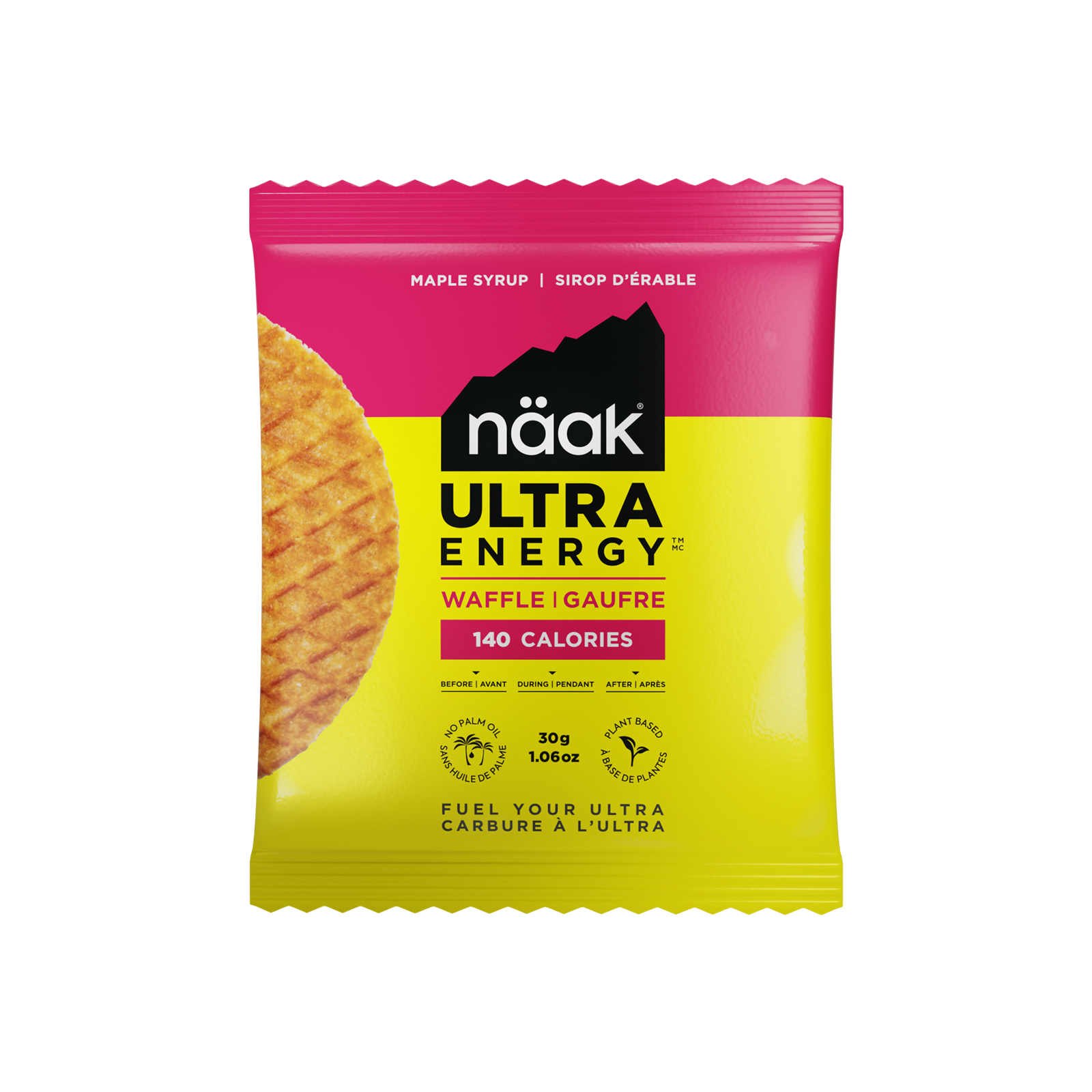
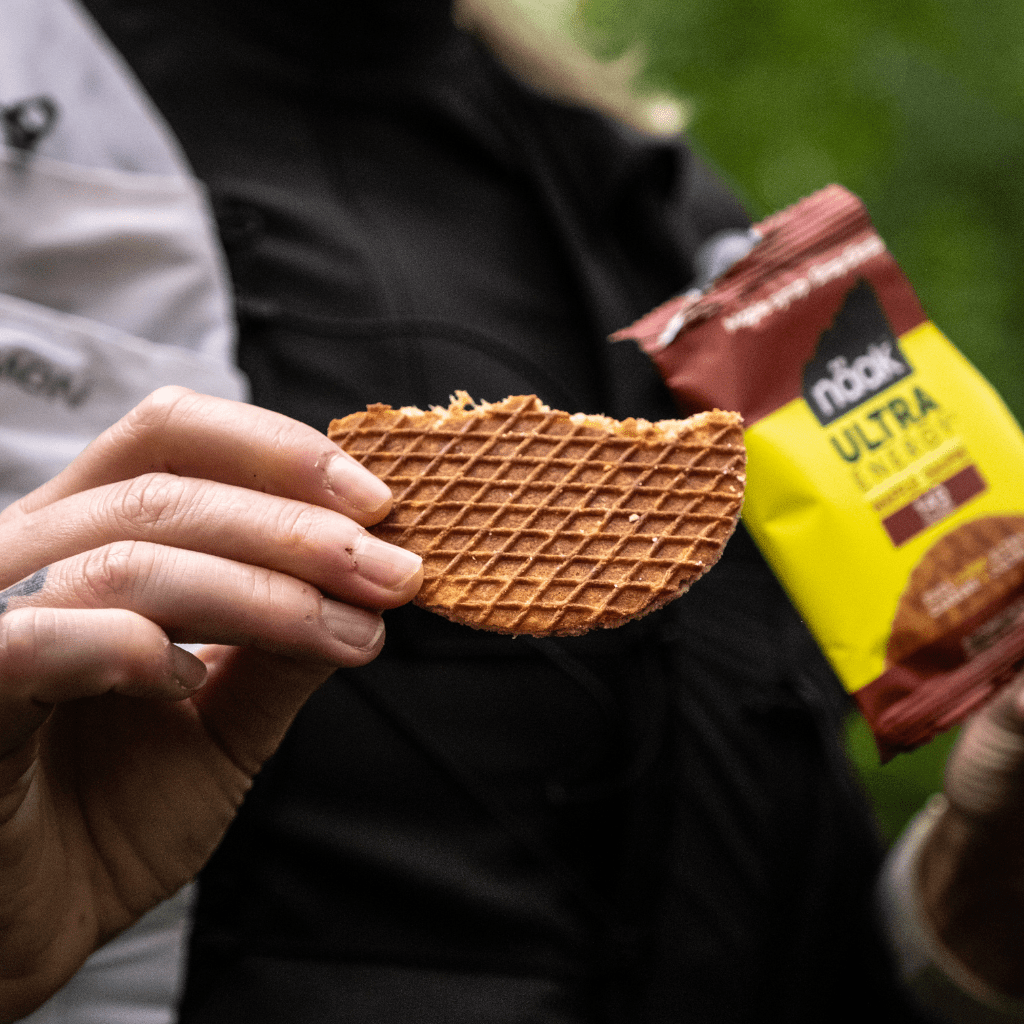
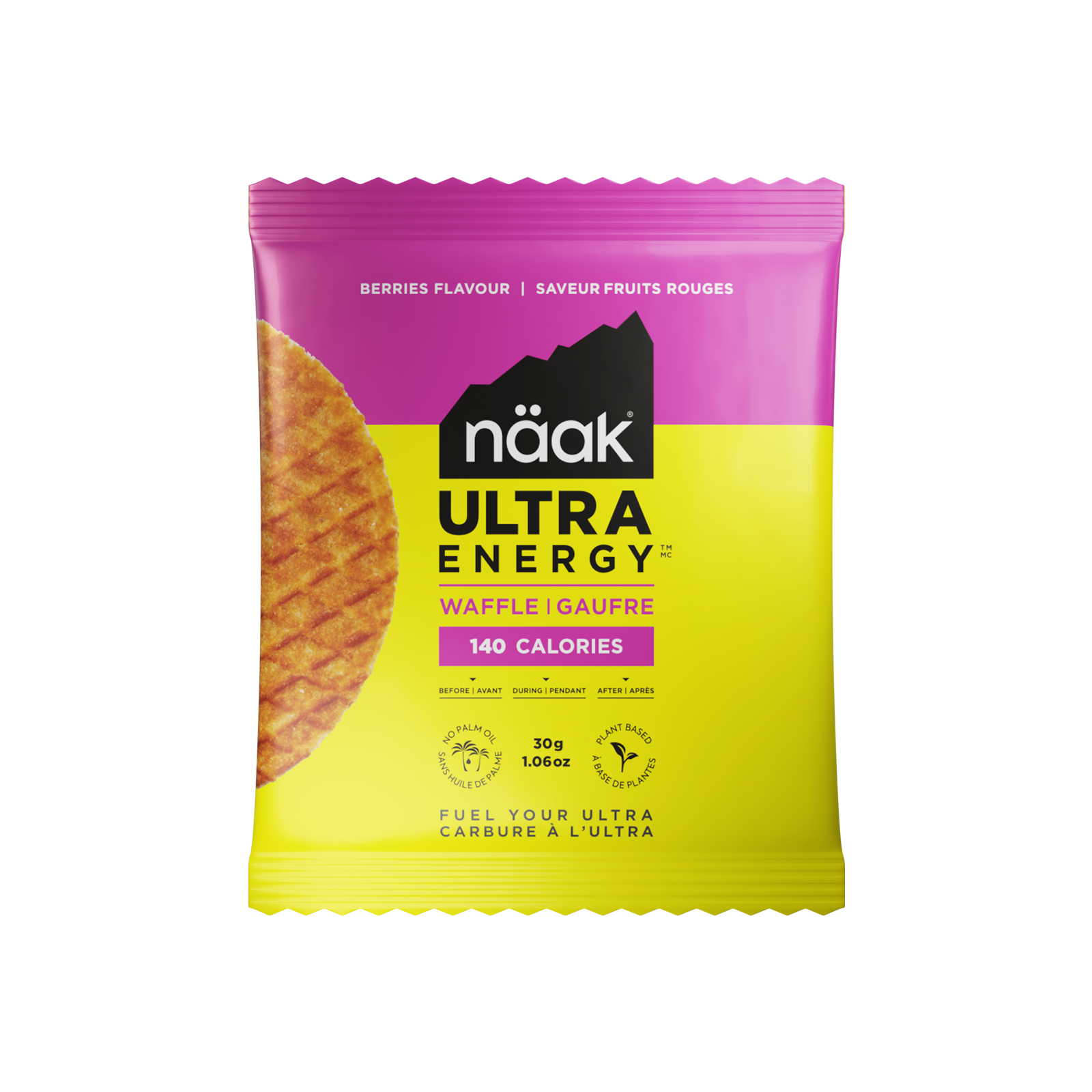



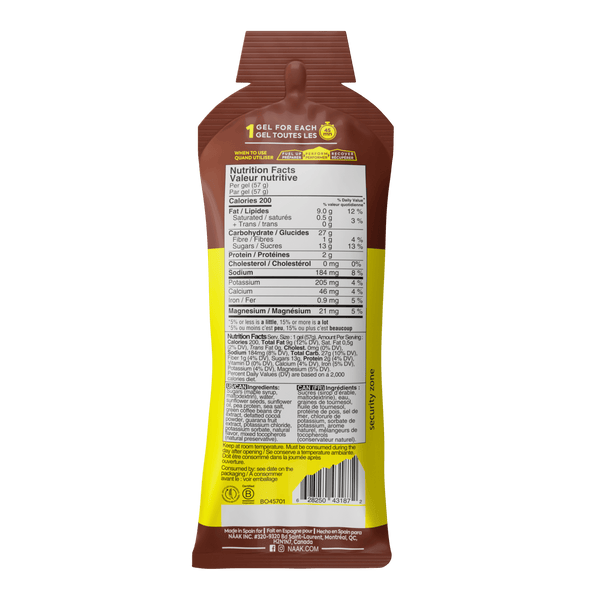

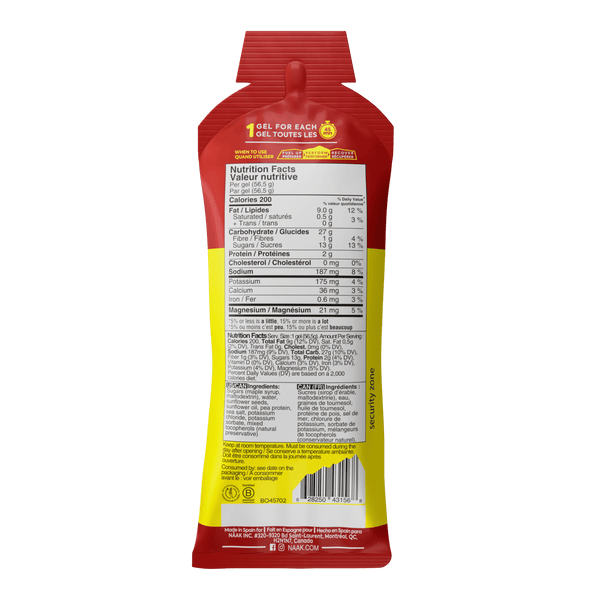
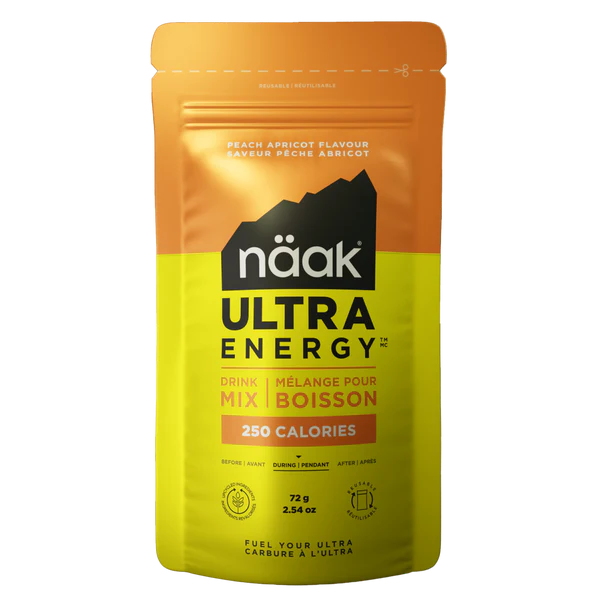



Leave a comment (all fields required)